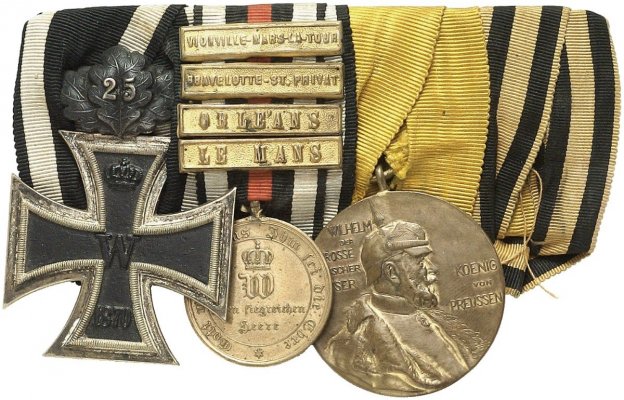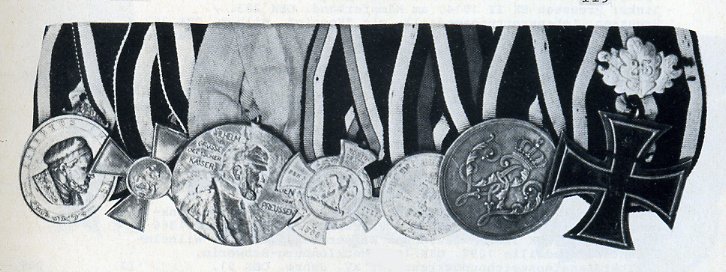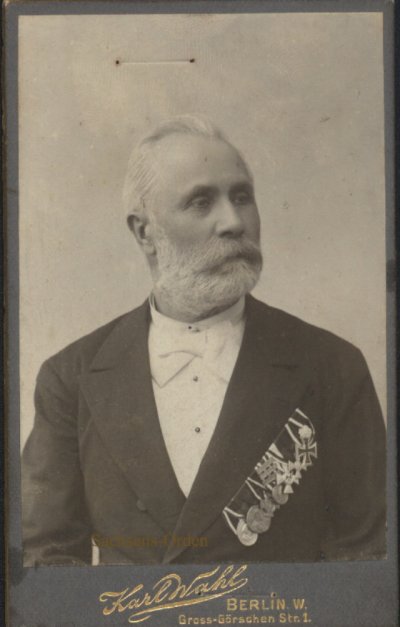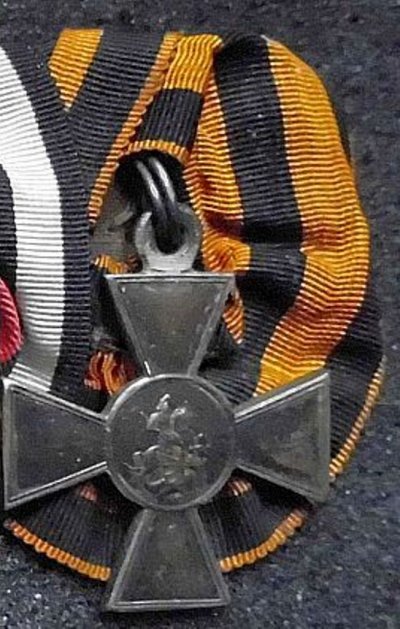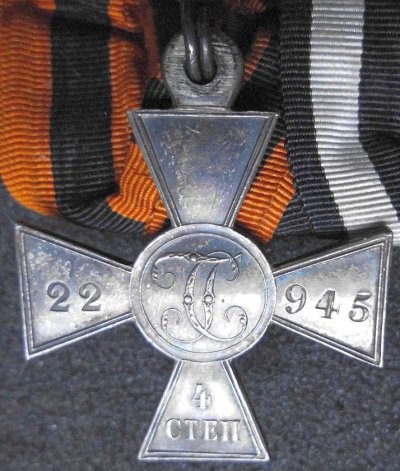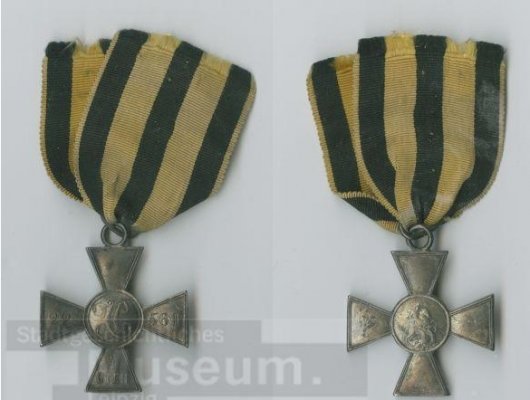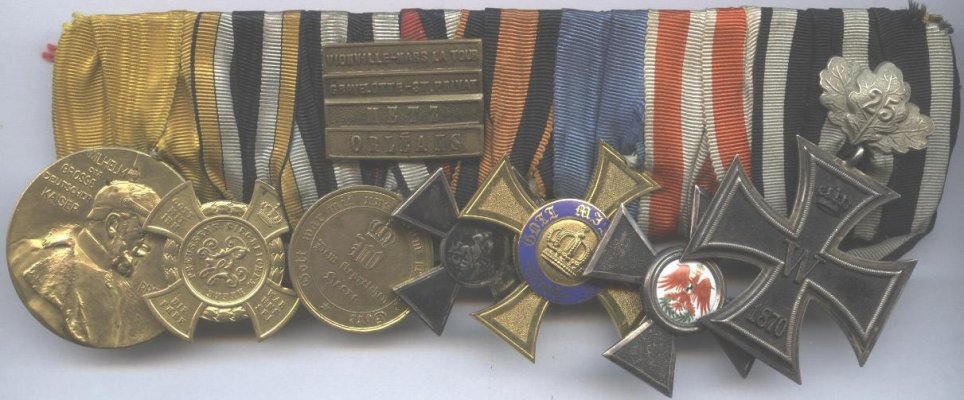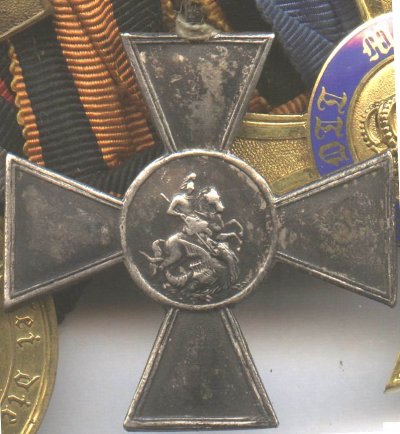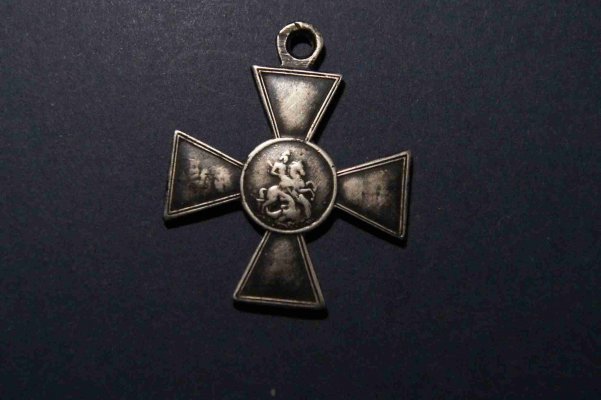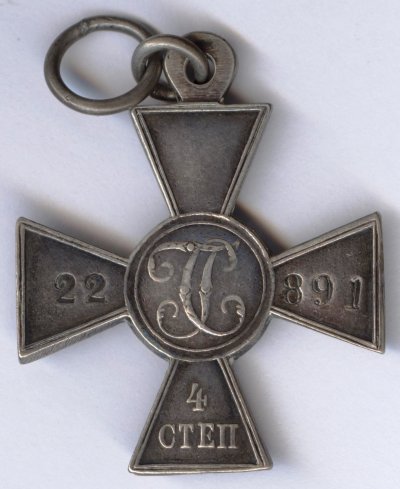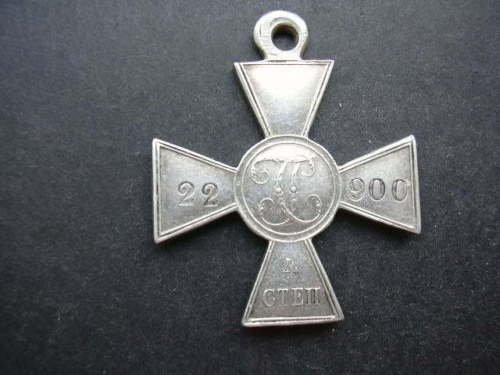Вы используете устаревший браузер. Этот и другие сайты могут отображаться в нём некорректно.
Вам необходимо обновить браузер или попробовать использовать другой.
Вам необходимо обновить браузер или попробовать использовать другой.
ЗОВО на немцах - Франко-Прусская
- Автор темы Андрей Пустоваров
- Дата начала
Андрей Пустоваров
Супер-Модератор
Крестяра-то где, освежитель?
утрачен.
сволота какая то оторвала.
пьяные матросы небось.
в общем сплошной абырвалг
:38:
Андрей Пустоваров
Супер-Модератор
Андрей Пустоваров
Супер-Модератор
Андрей Пустоваров
Супер-Модератор
Андрей Пустоваров
Супер-Модератор
Андрей Пустоваров
Супер-Модератор
Андрей Пустоваров
Супер-Модератор
Андрей Пустоваров
Супер-Модератор
Igor Ostapenko
Участник АК
Хороший ! 

Андрей Пустоваров
Супер-Модератор
ЗОВО 4 ст № 22891
1-й Гвардейский пехотный полк Прусской службы, фельтфебель, Карл Гессе.
Награждён за отличия во время франко-прусской войны 1870-1871 года.
Знак выдан из вояжного запаса военно-походного Его Величества канцелярии в 1872 году.
РГИА.Ф.496.Оп.3.Д.806.Л.486.об.
1-й Гвардейский пехотный полк Прусской службы, фельтфебель, Карл Гессе.
Награждён за отличия во время франко-прусской войны 1870-1871 года.
Знак выдан из вояжного запаса военно-походного Его Величества канцелярии в 1872 году.
РГИА.Ф.496.Оп.3.Д.806.Л.486.об.
Вложения
Последнее редактирование модератором:
Андрей Пустоваров
Супер-Модератор
kid74
Местный
22 907 ЗОВО, ГК?
Уважаемые знатоки, что можно было бы сказать об этом знаке?
С Уважением, Кирилл
Наверняка, информация о награжденном не помешает:
A Fine 19th Century Collection of Awards & Documents to the Royal Army of Württemberg
An extensive and rare collection from the military career of Bezirksfeldwebel (district sergeant) Johann Adam Geihslinger, who served in the Royal Army of Württemberg, south-west Germany from 1857 to 1894. Geihslinger received several awards during his distinguished career including the Imperial Russian St.George Cross; 1 of only approximately 70 Awarded to Germans in the 1870 War.
Prussia: Iron Cross 2nd Class 1870 (silver frame, with iron core, magnetic, unmarked, 42 mm); Wurttemberg: Civil Merit Medal, 1st Class, Type V, Karl I (1864-1891) (Gold, weighing 14.2 grams, 27.8 mm); Wurttemberg: Civil Merit Medal, 2nd Class, Type V, Karl I (1864-1891) (silver, 27.8 mm); Wurttemberg: 1866 Campaign Medal (bronze, 29.8 mm); Wurttemberg: Commemorative Medal for the 25th Year of the Reign of Karl I, Bronze Grade 1864-1889 (bronze, 30.5 mm); Wurttemberg: Long Service Cross, 2nd Class, Type IV, Karl I (1864-1892) (silver and green enamelled centrepiece, on a bronze gilt cross base, 33.7 mm); Prussia: War Merit Medal 1870-1871 (bronze, 29 mm); and Russia (Imperial): St. George Cross, 4th Class (silver, officially numbered 22907; cypher Alexander II 1855-1881, 34mm); Importantly, this award is numbered and therefore dates to the 1870 conflict and corresponds to the entries in Geihslinger Soldbuch. The awards are unmounted with original lightly soiled folded ribbons on the Prussian Iron Cross 2nd Class 1870 and Russia Imperial Saint George Cross 4th Class, the others without ribbons, dark patinas on the silver items, surface rust on the Prussian Iron Cross 2nd Class 1870, chipping evident in the green enamels on the wreath of the Wurttemberg Long Service Cross 2nd Class, near extremely fine.
A military ID book (85x138mm, in good condition), now serving as discharge papers for Bezirksfeldwebel (district sergeant) Johann Adam Geihslinger. A certificate of good conduct (210x329mm, in good condition, with age spots) for Bezirksfeldwebel Johann Adam Geihslinger upon his discharge.

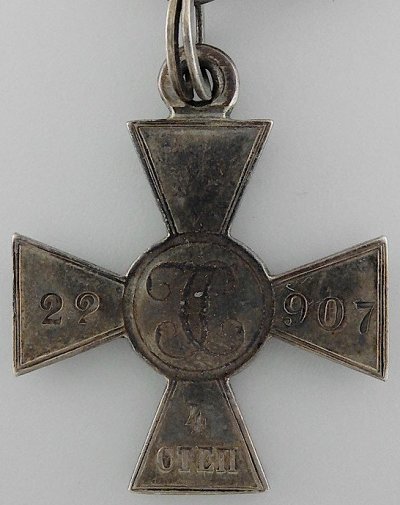
Footnote: Johann Adam Geihslinger was born on February 20, 1836 in Langensteinach, Bezirksamt (district of) Uffenheim, Königreich Bayern (Kingdom of Bavaria). His learned trade was a farmer. He was married and has ten children. He joined the Royal Army of Württemberg in 1857, and served in the 8. (Württb.) Infanterie-Regiment Nr. 126 Großherzog Friedrich von Baden, 5. Kompagnie (8th Württembergian Infantry Regiment No. 126 Grand Duke Friedrich of Baden, 5th Company). In 1857, he was promoted to the rank of Schütze (rifleman), in April 1859 to Rottenmeister (Gefreiter = lance corporal), and in October 1859 to Obermann (Unteroffizier = NCO). In 1866, his promotion to Feldwebel (sergeant) followed, and in 1872, he received his final promotion to Bezirksfeldwebel (district sergeant). Geihslinger fought in the German War of 1866 against Prussia on the side of the German Confederation. He was wounded in the battle of Tauberbischofsheim, when he was shot through the left foot. Prussia won the war, a step towards building and leading a true German national state. This was achieved after winning the Franco-Prussian War of 1870/71 against France. This time, the kingdom of Württemberg fought on the side of Prussia. Geihslinger took part in several battles during this campaign, among them the Battle of Wörth, the Battle of Sedan, the Siege of Paris, and the Battle of Villiers. It is here, as noted on page 3 of his soldbuch, where Geihslinger was awarded the St.George Cross.
In 1865, he was removed to the 3. Jäger-Bataillon (3rd Ranger Battalion), in 1866 to the 3. Kompagnie (3rd Company), and in 1872 to the Bezirkskommando Ravensburg und Kompagnie Riedlingen (District Command Ravensburg and Company Riedlingen), from which he was discharged at the end of his service in 1894.
Уважаемые знатоки, что можно было бы сказать об этом знаке?
С Уважением, Кирилл
Наверняка, информация о награжденном не помешает:
A Fine 19th Century Collection of Awards & Documents to the Royal Army of Württemberg
An extensive and rare collection from the military career of Bezirksfeldwebel (district sergeant) Johann Adam Geihslinger, who served in the Royal Army of Württemberg, south-west Germany from 1857 to 1894. Geihslinger received several awards during his distinguished career including the Imperial Russian St.George Cross; 1 of only approximately 70 Awarded to Germans in the 1870 War.
Prussia: Iron Cross 2nd Class 1870 (silver frame, with iron core, magnetic, unmarked, 42 mm); Wurttemberg: Civil Merit Medal, 1st Class, Type V, Karl I (1864-1891) (Gold, weighing 14.2 grams, 27.8 mm); Wurttemberg: Civil Merit Medal, 2nd Class, Type V, Karl I (1864-1891) (silver, 27.8 mm); Wurttemberg: 1866 Campaign Medal (bronze, 29.8 mm); Wurttemberg: Commemorative Medal for the 25th Year of the Reign of Karl I, Bronze Grade 1864-1889 (bronze, 30.5 mm); Wurttemberg: Long Service Cross, 2nd Class, Type IV, Karl I (1864-1892) (silver and green enamelled centrepiece, on a bronze gilt cross base, 33.7 mm); Prussia: War Merit Medal 1870-1871 (bronze, 29 mm); and Russia (Imperial): St. George Cross, 4th Class (silver, officially numbered 22907; cypher Alexander II 1855-1881, 34mm); Importantly, this award is numbered and therefore dates to the 1870 conflict and corresponds to the entries in Geihslinger Soldbuch. The awards are unmounted with original lightly soiled folded ribbons on the Prussian Iron Cross 2nd Class 1870 and Russia Imperial Saint George Cross 4th Class, the others without ribbons, dark patinas on the silver items, surface rust on the Prussian Iron Cross 2nd Class 1870, chipping evident in the green enamels on the wreath of the Wurttemberg Long Service Cross 2nd Class, near extremely fine.
A military ID book (85x138mm, in good condition), now serving as discharge papers for Bezirksfeldwebel (district sergeant) Johann Adam Geihslinger. A certificate of good conduct (210x329mm, in good condition, with age spots) for Bezirksfeldwebel Johann Adam Geihslinger upon his discharge.


Footnote: Johann Adam Geihslinger was born on February 20, 1836 in Langensteinach, Bezirksamt (district of) Uffenheim, Königreich Bayern (Kingdom of Bavaria). His learned trade was a farmer. He was married and has ten children. He joined the Royal Army of Württemberg in 1857, and served in the 8. (Württb.) Infanterie-Regiment Nr. 126 Großherzog Friedrich von Baden, 5. Kompagnie (8th Württembergian Infantry Regiment No. 126 Grand Duke Friedrich of Baden, 5th Company). In 1857, he was promoted to the rank of Schütze (rifleman), in April 1859 to Rottenmeister (Gefreiter = lance corporal), and in October 1859 to Obermann (Unteroffizier = NCO). In 1866, his promotion to Feldwebel (sergeant) followed, and in 1872, he received his final promotion to Bezirksfeldwebel (district sergeant). Geihslinger fought in the German War of 1866 against Prussia on the side of the German Confederation. He was wounded in the battle of Tauberbischofsheim, when he was shot through the left foot. Prussia won the war, a step towards building and leading a true German national state. This was achieved after winning the Franco-Prussian War of 1870/71 against France. This time, the kingdom of Württemberg fought on the side of Prussia. Geihslinger took part in several battles during this campaign, among them the Battle of Wörth, the Battle of Sedan, the Siege of Paris, and the Battle of Villiers. It is here, as noted on page 3 of his soldbuch, where Geihslinger was awarded the St.George Cross.
In 1865, he was removed to the 3. Jäger-Bataillon (3rd Ranger Battalion), in 1866 to the 3. Kompagnie (3rd Company), and in 1872 to the Bezirkskommando Ravensburg und Kompagnie Riedlingen (District Command Ravensburg and Company Riedlingen), from which he was discharged at the end of his service in 1894.
Последнее редактирование модератором:

